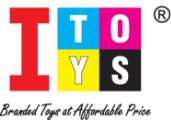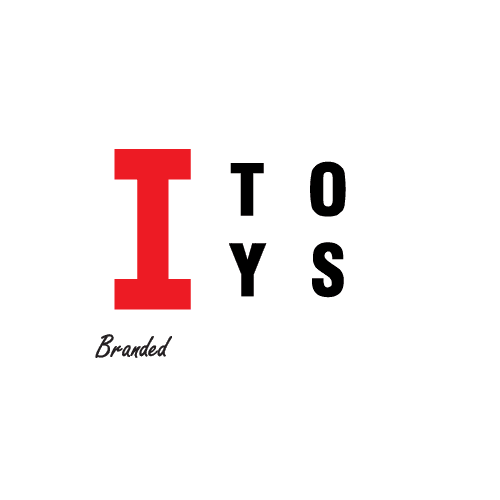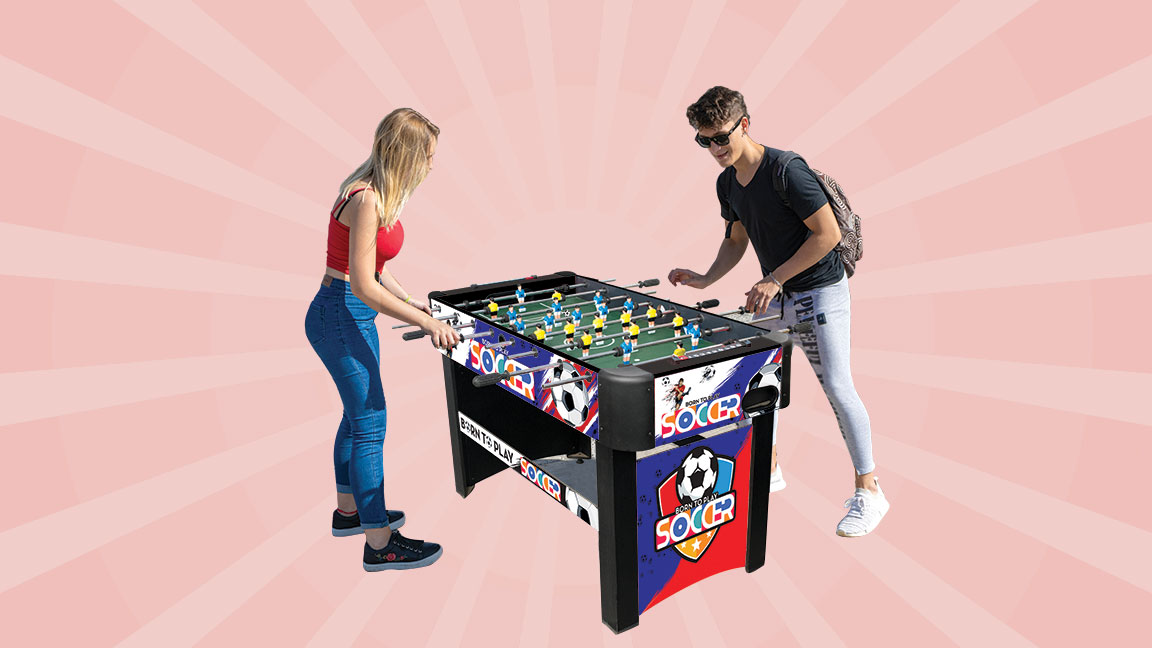
What kind of improvements an infant must have!
We always forget to monitor the growth of newborn babies. But it is very important that we monitor the development of the newborn from the very beginning. Many times we ignore the extraordinary behavior of the baby considering it a newborn. Which later becomes a big problem in front of us when it comes to the child. There is some general information to take care of your little one.
Baby’s growth and development – 1st month: Infant Development
The first month of life was a period of rapid growth. Your baby will gain 1 to 1.5 inches in length and about 907 grams more this month. These are just averages – your baby may grow faster or slower.
Newborn development at 0-1 month is about cuddling, feeding, and sleeping. Time with you, smiles, gazes, and tummy time are good for newborn development.
A newborn or infant is the very young offspring of a human. A newborn is colloquially used as a baby who is only a few hours, a few days, or up to a month old. The newborn babies adjust to a new social and physical environment. So every parent should take care of their child sincerely.
Baby’s growth and development – 2nd month: Infant Development
Your 2-month-old baby is inquisitive and wide-eyed, with a smile on his face, and engaging in everything around him. Children of this age are friendly and love contact.
Baby’s growth and development – 3rd month: Infant Development
His brain is developing rapidly and he will begin to recognize people by sight, smell, and voice. They will gargle a lot and try to answer when you talk to them. Their sense of touch also becomes more sensitive and they can concentrate on things for longer.
Baby’s growth and development – 4th month: Infant Development
Your little one will become more sociable and move with more determination. Babies this age love to coo, coo, play and mimic the sounds they hear and the movements they see. You’ll find that his cries sound different as he learns to communicate hunger, frustration, discomfort, and sleepiness.
Baby’s growth and development – 5th month: Infant Development
Your baby will now be growing and developing rapidly. They learn more about the world and how they fit into it. Many new things a baby learns at 5 months prepare them to eat solid foods. In general, it is recommended to introduce solid foods at 6 months, but some babies are ready as early as 4 months. So if you think now is the time, you can start experimenting with solids right away.
Baby’s growth and development – 6th month: Infant Development
Your baby will now be growing and developing rapidly. They learn more about the world and how they fit into it. Many new things a baby learns at 5 months prepare them to eat solid foods. In general, it is recommended to introduce solid foods at 6 months, but some babies are ready as early as 4 months. So if you think now is the time, you can start experimenting with solids immediately.
Baby’s growth and development – 7th month: Infant Development
Sometime between 5 and 7 months you may see the first tooth bud in your baby’s mouth, perhaps in the middle of the lower jaw. Don’t panic if your baby isn’t teething yet, it’s perfectly normal not to see a tooth before 12 months. When teeth start to grow, expect a lot more burrs. Then you can give your baby a chew toy to ease the discomfort.
Baby’s growth and development – 8th to 9th month: Infant Development
By 9 months your baby is much more active and loves to explore. Babies at this age are crawling and able to stand on their own. Home safety becomes an important issue as your child’s curiosity (and mobility) grows. Your baby is now responsive to his name, enjoys snuggling with family members, and may show shyness or fear of strangers. Games like Peekaboo and Pat-a-cake are sure to be a hit with your 9-month-old.
Baby’s growth and development – 9 to 12 month: Infant Development
Children are more active, curious, and expressive at this age, your baby can start using words, stand up and take a few steps. To help your child learn and develop, read books and encourage active play.
How to take care of your baby?

- Breastfeed your baby frequently for at least six months.
- Start a bedtime routine and sleep when your baby sleeps. Babies under the age of 1 should always be put to sleep on their backs — never on their sides or stomachs.
- Bathe your baby safely, but not too frequently.
- When your baby is awake, bond with her, calm her and do tummy time.
newborns: Infant Development
- Provide ways for your baby to see, hear, move freely and touch you.
- Look into your baby’s eyes and smile in response to his smiles.
- Talk to your baby in soft tones and ‘baby talk’.
- Gently change the sound of your voice.
- Place your baby on her tummy and shake a rattle or bell in front of her.
1 to 6 months: Infant Development
- Provide ways for your child to see, hear, feel, move freely and touch you.
- Slowly move colorful things for your child to see and reach for.
- Smile and laugh with your child.
- Talk to your child and copy her sounds or gestures.
- Help your child follow an object.
- Encourage your child to reach for a safe object.
- Play games with your baby.
6 to 9 months: Infant Development
- When asking a question, give lots of time for the answer.
- Say your baby’s name as much as possible.
- Never speak or sing too loudly, as this may scare babies.
- Smile as much as possible and provide your baby with comfort and trust.
- Give your child clean, safe, and colorful things, such as a wooden spoon or plastic bowl, to reach for, touch, or bang and drop.
- Make simple picture books, puzzles, hand puppets, and dolls to develop your baby’s curiosity and help him learn new things.
9 to 12 months: Infant Development
- Play hide and seek with your infant and see if he can find the objects you hide.
- Tell your infant the names of things and people.
- Show your child how to say things with hands, like “bye-bye”.
- Point to the eyes, nose, and mouth of a doll.
Source: Unicef-For every child







0 Comments